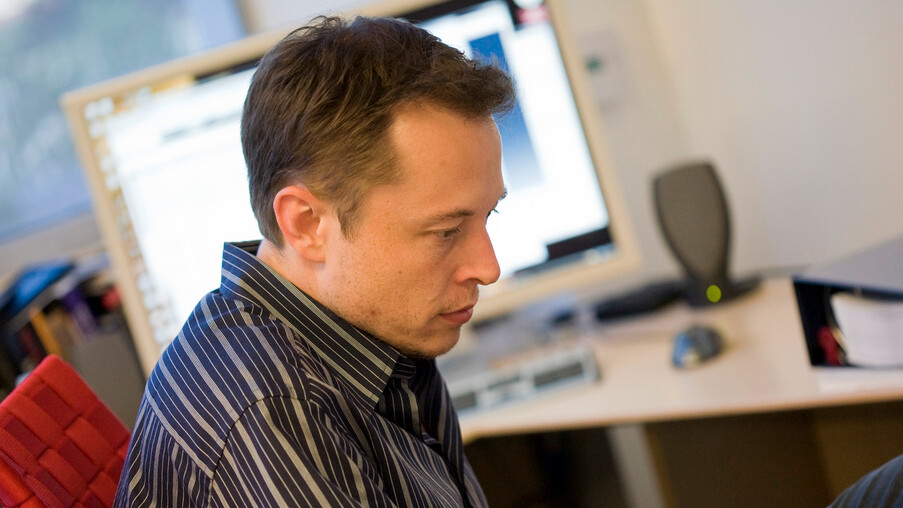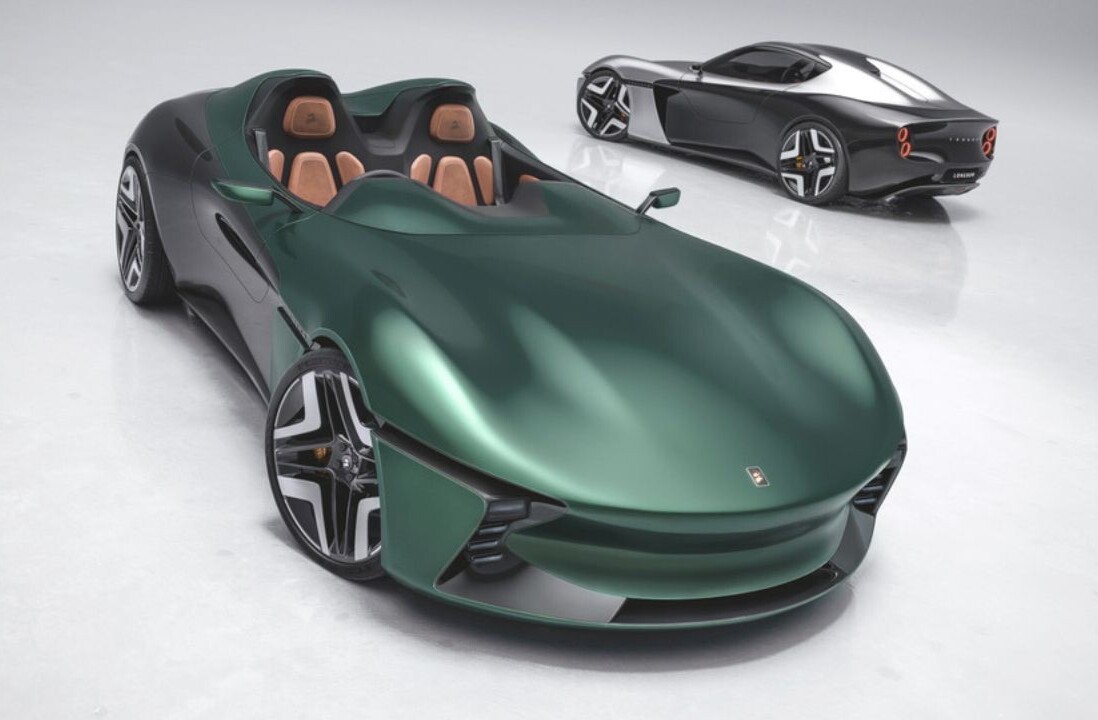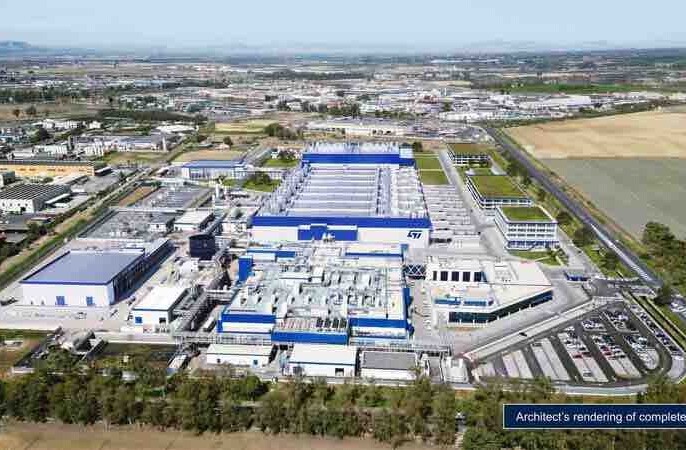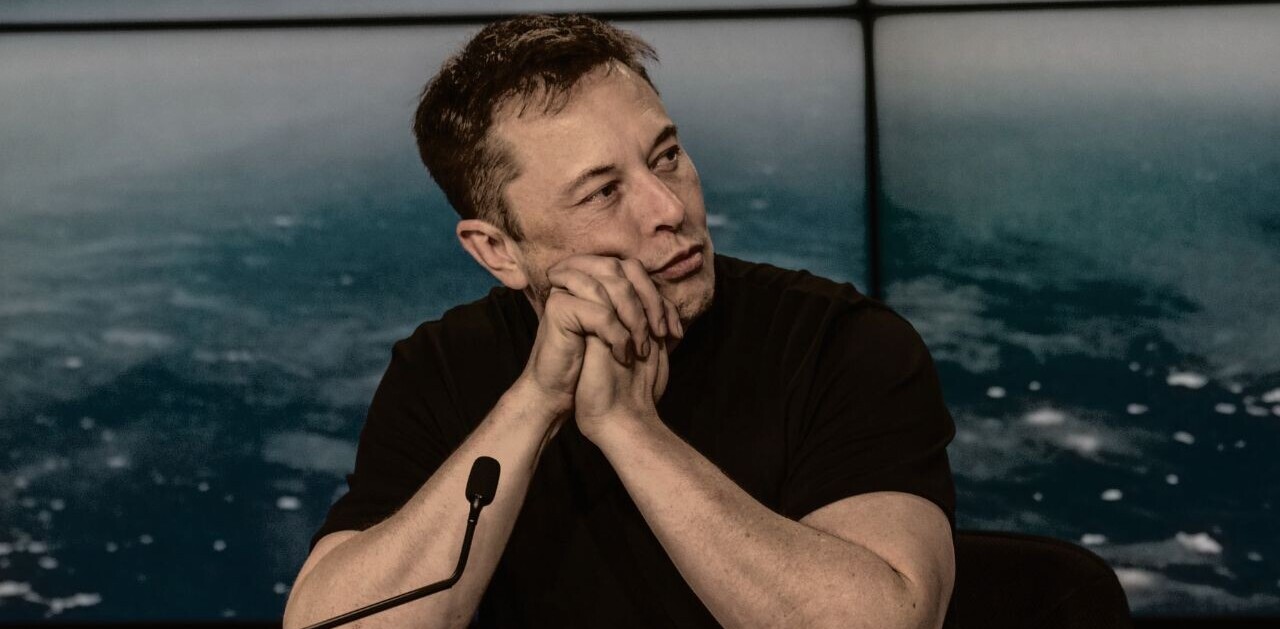Media darling Elon Musk’s electric car company, Tesla, is under fire for allegedly misleading consumers as to the efficacy of its Autopilot system.
The responsible parties: A pair of consumer advocacy groups, The Center for Auto Safety and Consumer Watchdog, today sent a letter to the Federal Trade Commission asking it to investigate “dangerously misleading and deceptive advertising and marketing practices and representations made by Tesla Motors, Inc. regarding the safety and capabilities of its Autopilot feature.”
In the letter, the groups claim:
Consumers in the market for a new Tesla see advertisements proclaiming, “Full Self-Driving Hardware on All Cars.” They are directed to videos of Tesla vehicles driving themselves through busy public roads, with no human operation whatsoever. They see press releases alleging that Autopilot reduces the likelihood of an accident by 40%. They also hear statements like “the probability of an accident with Autopilot is just less” from Tesla’s CEO, Elon Musk. Or they hear him relate Autopilot in a Tesla to autopilot systems in an aircraft. Such advertisements and statements mislead and deceive consumers into believing that Autopilot is safer and more capable than it is known to be.
Here’s why: Tesla’s Autopilot feature is amazing, but it doesn’t make the car driverless. People have died in accidents that occurred while the driver-assistance feature was engaged and there’s an argument to be made that part of the problem is with consumers having an exaggerated perception of what Autopilot is capable of.
According to Reuters, A Tesla spokesperson said:
The feedback that we get from our customers shows that they have a very clear understanding of what Autopilot is, how to properly use it, and what features it consists of.
But, many experts feel this isn’t good enough. Judging by the fact that in at least two accidents involving Teslas with Autopilot engaged, the drivers were known to have ignored safety warnings, it’s safe to say that Tesla needs better feedback.
According to the watchdog groups’ letter:
Tesla is the only automaker to market its Level 2 vehicles as “self-driving”, and the name of its driver assistance suite of features, Autopilot, connotes full autonomy. In addition to these formal marketing and advertising ploys, Elon Musk, Tesla’s CEO, frequently misleads and deceives consumers about Autopilot’s safety and capabilities.
For reference, vehicle autonomy is rated in levels from one to five, with one being a car that always requires a driver and five being a car that can drive autonomously without a network connection or human in the vehicle. A two, on said scale, is a car that, despite having partial autonomy (can maintain speed and auto-brake, for example), always requires a human to be behind the wheel and paying attention.
Tesla’s Autopilot system only brings its vehicles to a level 2, no higher.
The bottom line: Either Tesla feels like human lives are acceptable losses, or it should consider changing the name of its cars’ driver-assistance feature from Autopilot to something that doesn’t imply its vehicles are driverless. Because they aren’t.
Read next: Dear Elon Musk: Stop spreading fake news.
Get the TNW newsletter
Get the most important tech news in your inbox each week.






